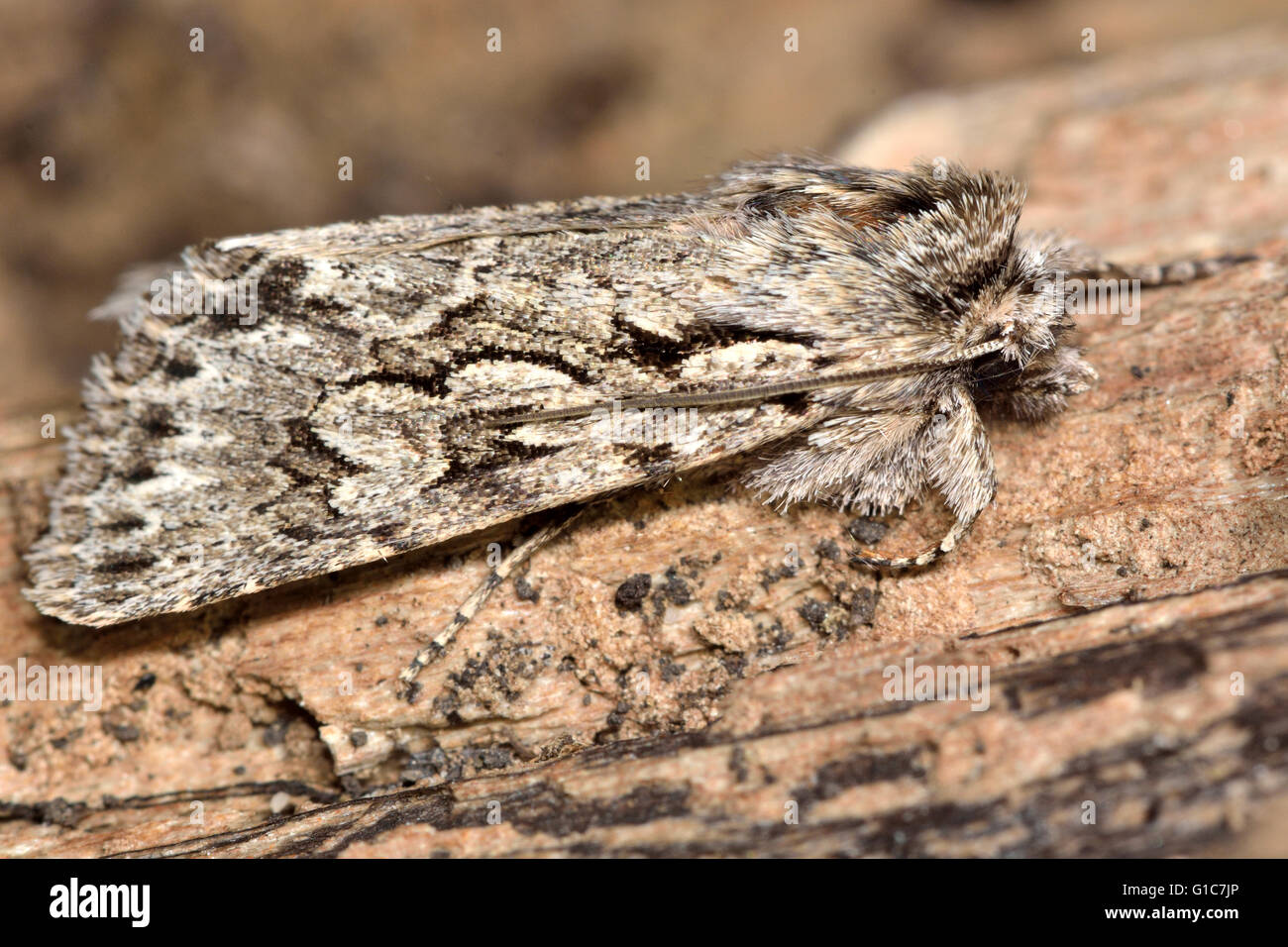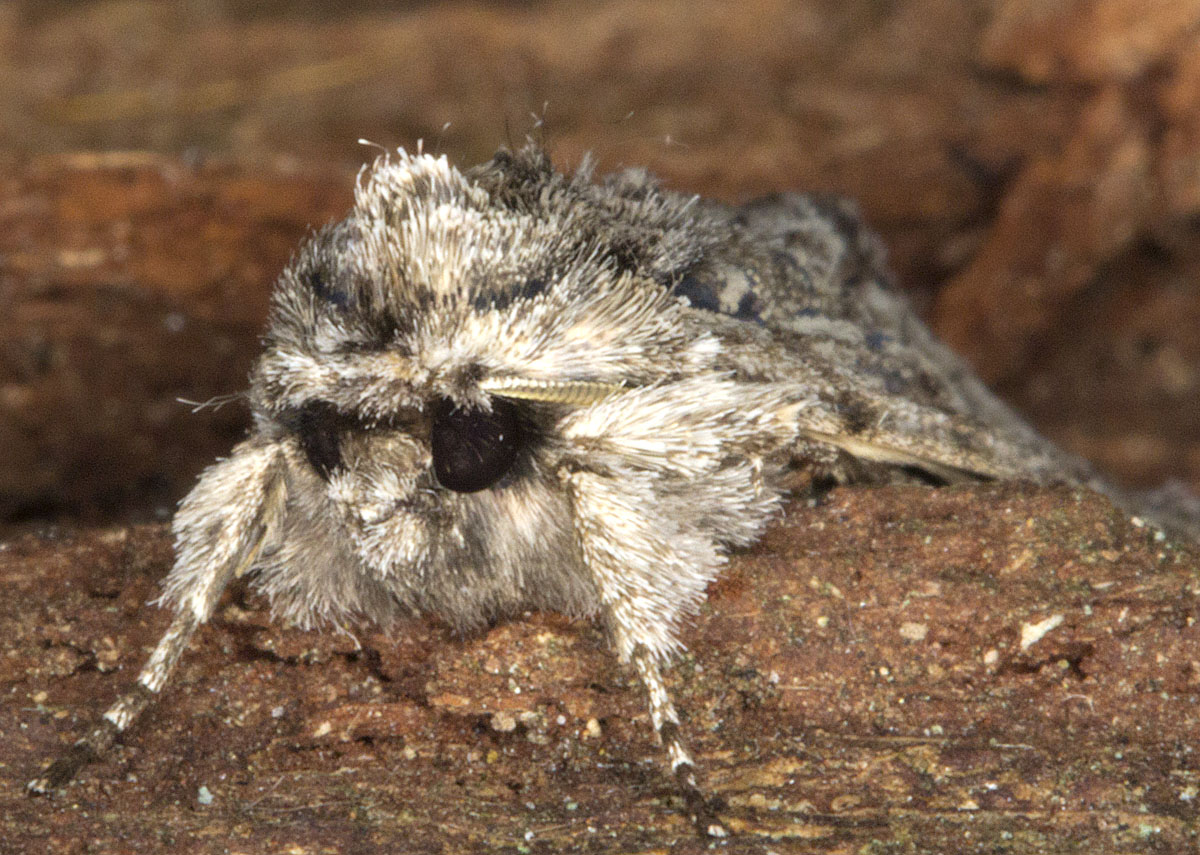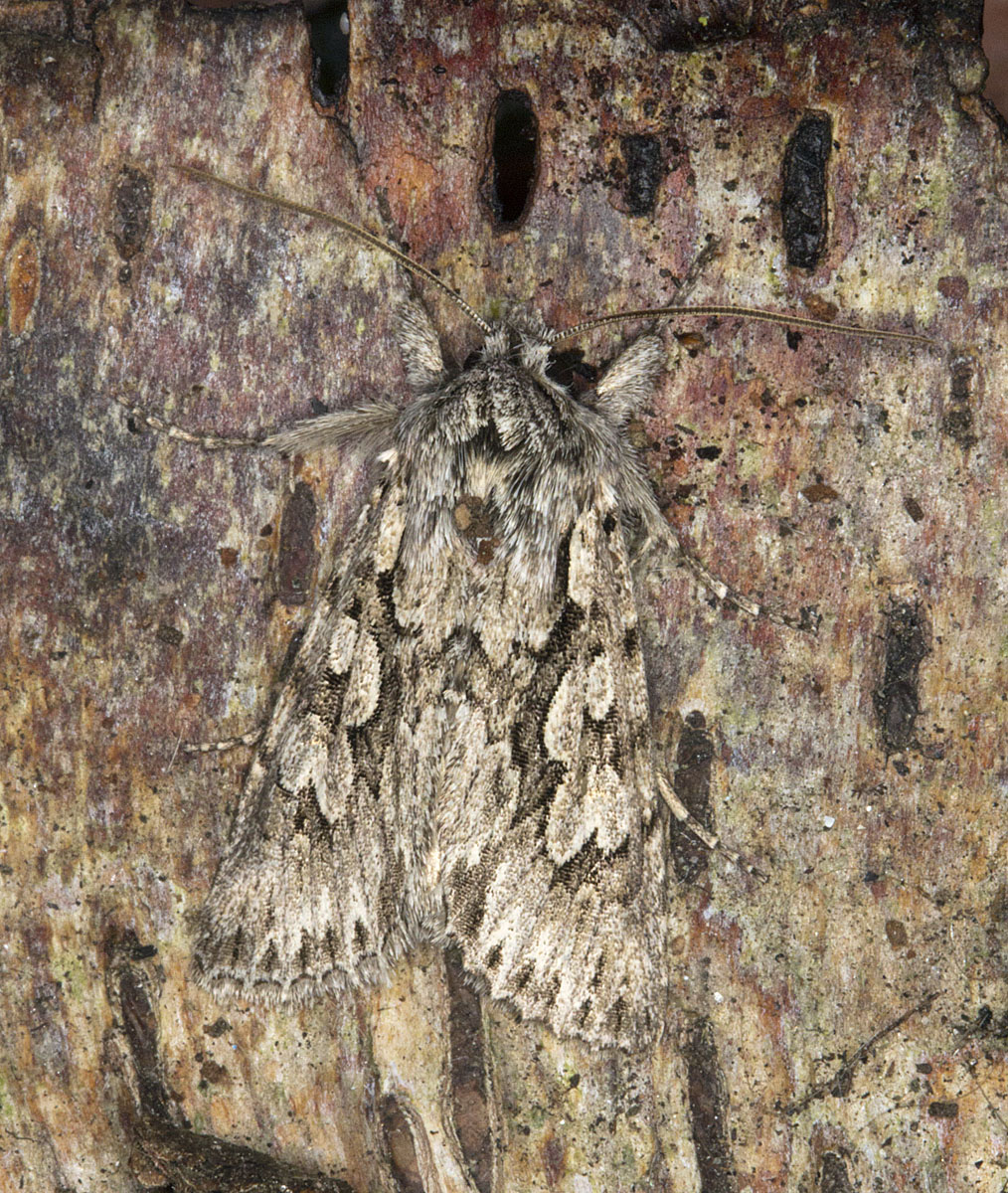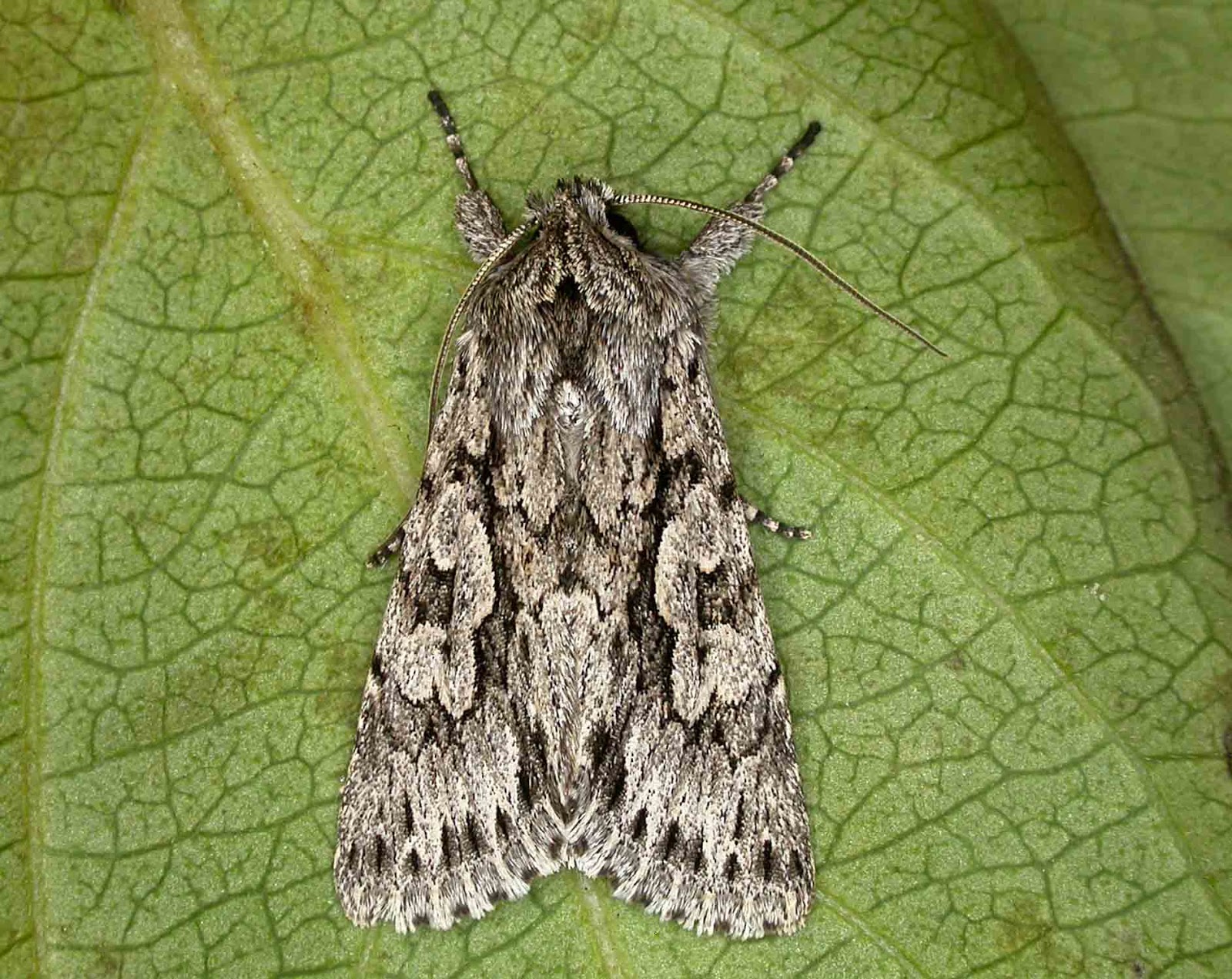
Early grey moth Stock Image Z355/1381 Science Photo Library
Wingspan Range - 30-36mm Conservation Status UK BAP: Not listed Common Caterpillar Food Plants Wild Honeysuckle ( Lonicera periclymenum) as well as cultivated varieties. Habitat Broadleaved woodland, scrub, hedgerows and gardens. Distribution Countries - England, Wales, Scotland and Ireland

Minden Pictures Early grey moth (Xylocampa areola) camouflaged on tree bark, Rehaghy Mountain
The Early Grey (Xylocampa areola) is a species of moth in the Noctuidae family. A fairly small macro moth, and is one of the most distinctive grey moths of Spring. It has a 'fin' similar to that of the Shark and Mullein group. Its oval and kidney mark are a lighter grey colour than the base colour, as is its outer markings. Some specimens have a pinkish tinge to the forewings. This species is.

MERSEA WILDLIFE VIPER VICTOR
An early season flyer, the pale Gray Spring Moth is most active in spring and early summer. Updated: 01/04/2022; Authored By Staff Writer; Content ©www.InsectIdentification.org Pale Gray Spring Moths can be found in fruit orchards as well as woodlands with fruit trees nearby. Light gray wings are peppered with dark freckles.
Pittsburgher in UK MOTHS
Early Grey Xylocampa areola (Esper, 1789) Wingspan 32-40 mm. As the English name suggests, this is one of the earliest moths to emerge in the season, flying from March to May. It is fairly well distributed throughout Britain, though commoner in the south.

73.069 BF2243 Early Grey Noctuidae Xylocampa areola
June 23, 2016 at 6:15 am. Scientists have just uncovered a gene that explains an example of natural selection often mentioned in textbooks. This gene turns mottled-grey peppered moths black. The gene may also control wing-color changes in brightly hued butterflies. A mystery emerged in Britain during the 1800s.

Early grey moth (Xylocampa areola) in profile. British insect in the family Noctuidae, the
Recorded in 66 (85%) of 78 10k Squares. First Recorded in 1750. Last Recorded in 2022. (Data up to end 2022) Additional Stats

More Early Moths Naturally
Description Wingspan 32-40 mm. Forewing ash grey, rough in texture and marbled with blackish grey. Oval and kidney mark are pale and there is an additional oval joined to the first, and also to the kidney mark in most cases. Ground colour varies with some examples being darker than others. Identification difficulty Habitat

Early Grey Moth
Wingspan 32-40 mm. As the English name suggests, this is one of the earliest moths to emerge in the season, flying from March to May. It is fairly well distributed throughout Britain, though commoner in the south. It tends to inhabit lightly wooded areas and suburban locations, where it is often a visitor to the garden light-trap.

Life On An Oxfordshire Lawn Early Grey moth (Xylocampa areola) and Dark Chestnut (Conistra ligula)
All of the moth species recorded in NC, their distribution in the state;. Appears early in the spring and continues well into the fall. Breeding is continuous throughout the growing cycle.. Photo Gallery for Anavitrinella pampinaria - Common Gray Moth: 148 photos are available. Only the most recent 30 are shown. Recorded by: Simpson Eason.

Early Grey (Xylocampa areola) Early Grey moth in my garden… Flickr
As the English name suggests, this is one of the earliest moths to emerge in the season, flying from March to May. It is fairly well distributed throughout Britain, though commoner in the south. It tends to inhabit lightly wooded areas and suburban locations, where it is often a visitor to the garden light-trap.

Another Early Grey Naturally
Find the perfect early grey moth stock photo, image, vector, illustration or 360 image. Available for both RF and RM licensing.

Moth month Scottish Wildlife Trust
The Early Grey (Xylocampa areola) is a species of moth of the family Noctuidae. It is found in Europe and Morocco .

Pin on Moths at Eskrigg Reserve
Protoboarmia porcelaria, the porcelain gray or dash-lined looper, is a Geometrid species of moth found throughout North America, except in the far north.. The larvae awaken and begin feeding in early spring and pupate in June.

Darley Dale Wildlife Moth update not so Early Grey
FOR AGES 3 YEARS TO 18 YEARS Fun Common Gray Moth Facts For Kids Written by Moumita Dutta on 04 November 2021 ; Updated on 20 October 2022 Sub-edited by Monisha Kochhar ; Fact-checked by Kidadl Team 8 mins to read Contents Share this article Get inspiration for education! Subscribe for virtual tools, STEM-inspired play, creative tips and more
Pittsburgher in UK MOTHS
First, moths are generally identified by their saw-edged antennae that give the long feelers a fuzzy appearance. Second, moth identification is also possible by the way they place their wings when they land on objects. Moths tend to hold their patterned wings flat, parallel to the ground when resting.

Ceredigion Moths Woodland moths
Early Grey (Xylocampa areola) - Norfolk Moths - The macro and micro moths of Norfolk. Noctuidae : Psaphidinae Prev | Next Upload a Photo < Green-brindled Crescent | Bordered Sallow > Show Details | 1990 to 2022 | 2000 to 2022 | Graph Key Express Record Early Grey Click Map for Details Early Grey (Xylocampa areola) - The Moths of Norfolk.